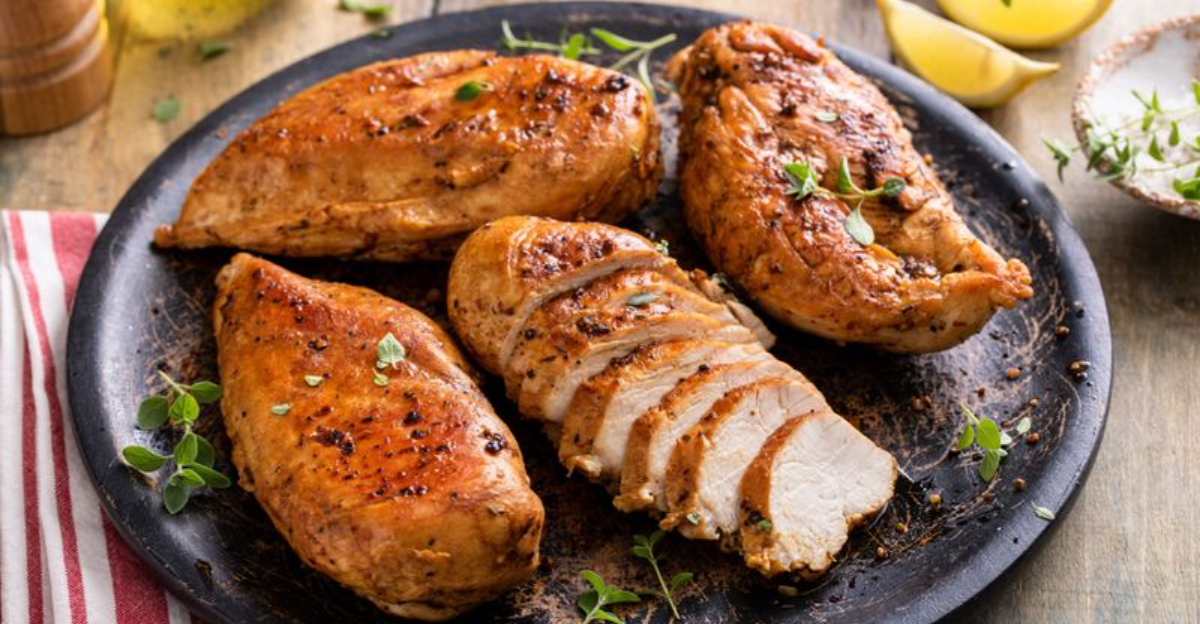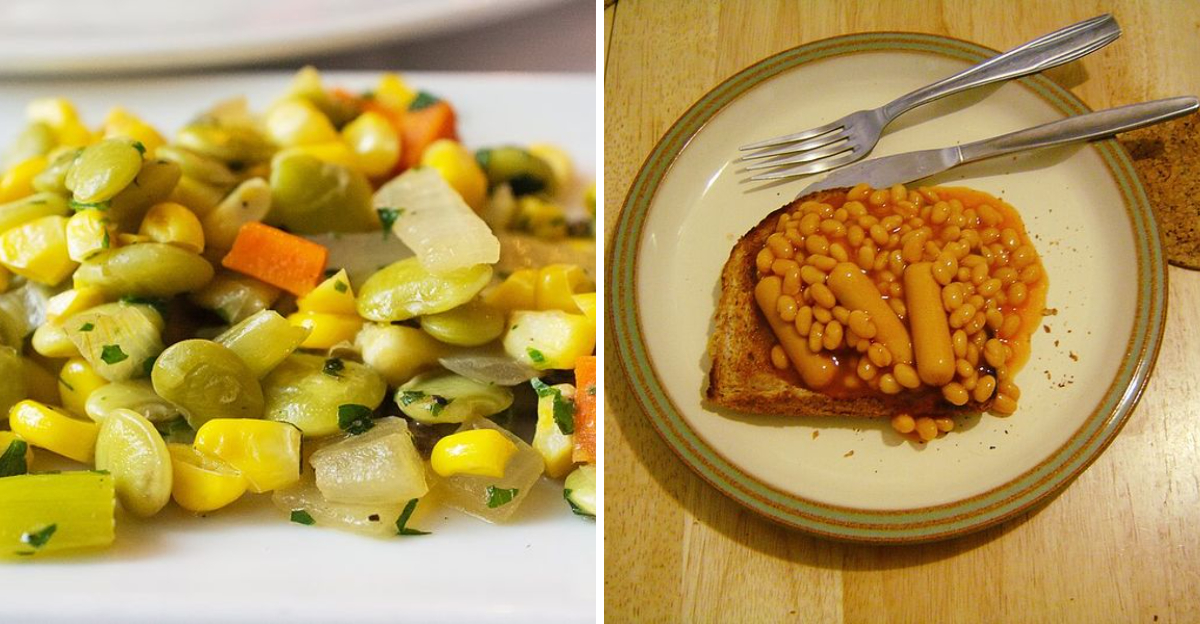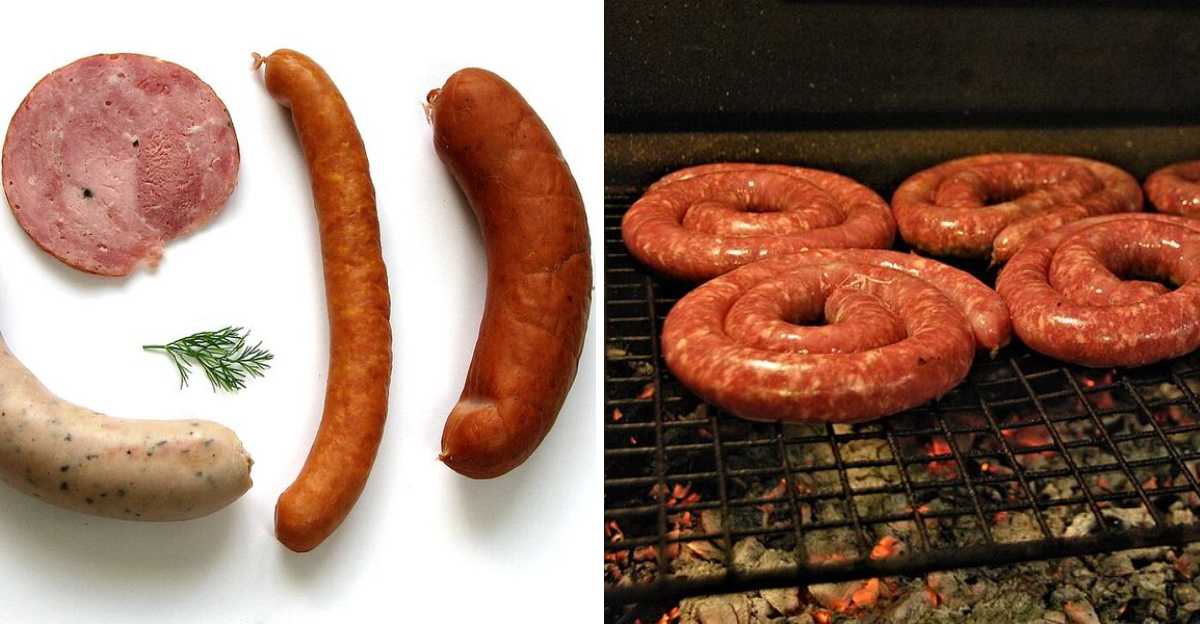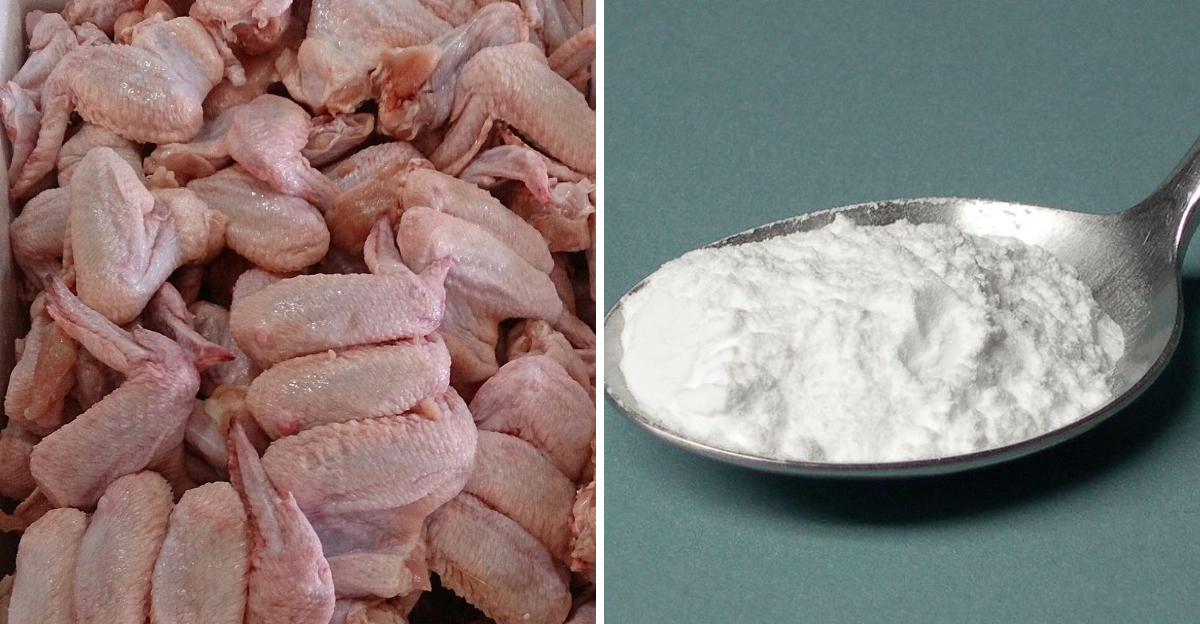10 Strange Foods People Relied On To Survive World War II
When bombs fell and supply lines crumbled during World War II, people across the globe had to get wildly creative with their meals.
Rationing turned everyday cooking into a puzzle where ingredients like butter, sugar, and meat became rare treasures.
1. Tulip Bulbs

Hunger drove Dutch citizens to dig up their famous flower gardens during the brutal winter of 1944-45. When Nazi forces blocked food supplies, tulip bulbs became a lifeline for thousands of starving families.
People peeled away the bitter outer layers and boiled or roasted the bulbs to make them somewhat edible. Some ground them into flour for bread substitutes.
The taste was reportedly awful – bitter and chalky – but it kept people alive during the darkest months of occupation.
2. Tree Bark

Believe it or not, desperate families stripped bark from birch and pine trees to fill empty bellies. The inner layer, called cambium, contained just enough nutrients to stave off starvation when absolutely nothing else remained available.
After scraping away the rough outer coating, people boiled the softer inner bark until it became somewhat chewable. Some even dried and ground it into a powder.
3. Acorn Flour
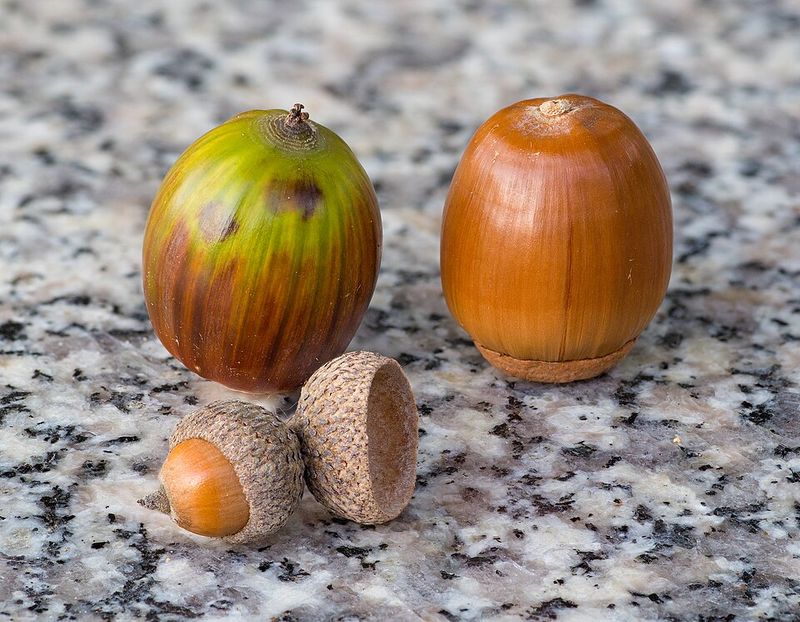
Gathering acorns became a fall ritual for families facing wheat shortages throughout Europe. These nutty tree seeds offered a free source of calories when traditional grains disappeared from store shelves completely.
Processing acorns required serious effort – people had to shell, roast, and grind them, then leach out the bitter tannins by soaking the flour repeatedly. The final product made dense, heavy bread.
4. Sugar Beets
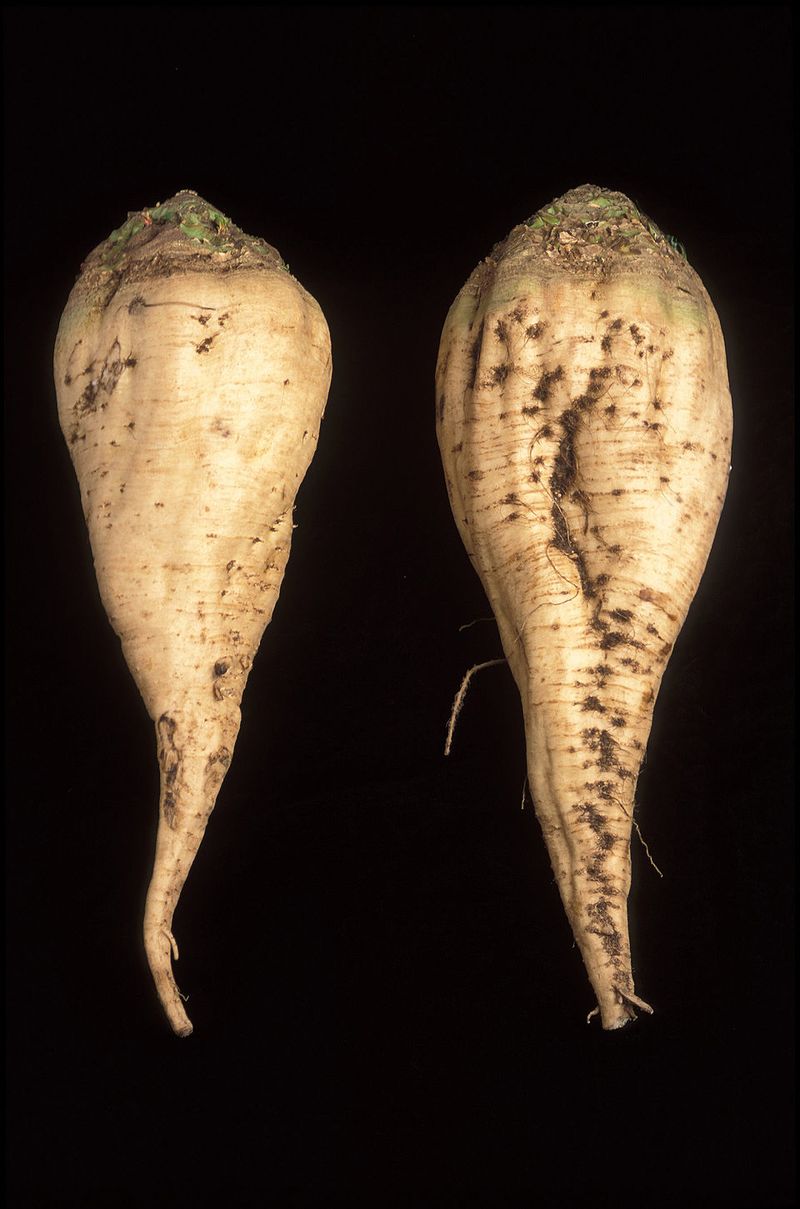
While sugar vanished from grocery shelves, clever cooks discovered they could extract sweetness from the humble beet. These root vegetables became precious commodities, offering a rare taste of something sweet during bleak times.
Families boiled sugar beets for hours to create a syrup that replaced refined sugar in recipes. The process was time-consuming and fuel-intensive, but worth it for special occasions.
5. Potato Peelings
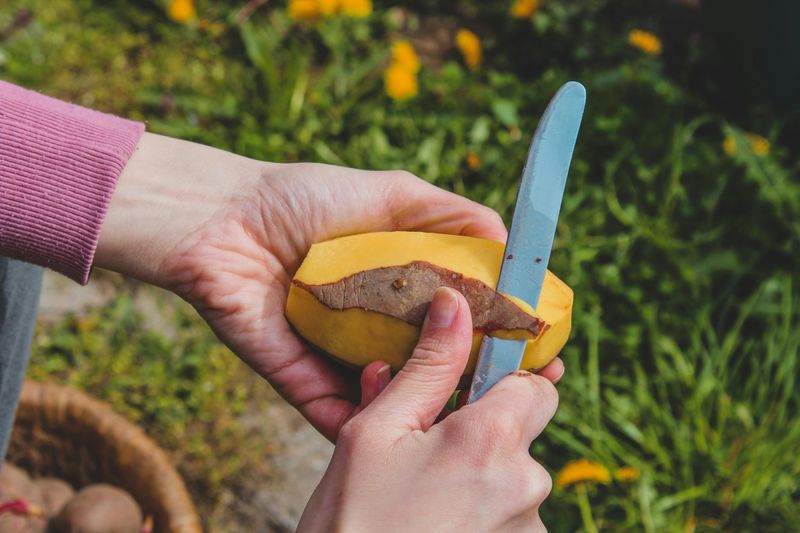
Nothing went to waste when food was scarce, including the parts normally tossed in the garbage. Potato skins, usually destined for the compost heap, suddenly became valuable ingredients that could stretch meals further.
Thrifty homemakers scrubbed the peels thoroughly, then fried or baked them until crispy. Others boiled them into soups or mixed them into patties with whatever scraps were available.
6. Dripping (Rendered Fat)
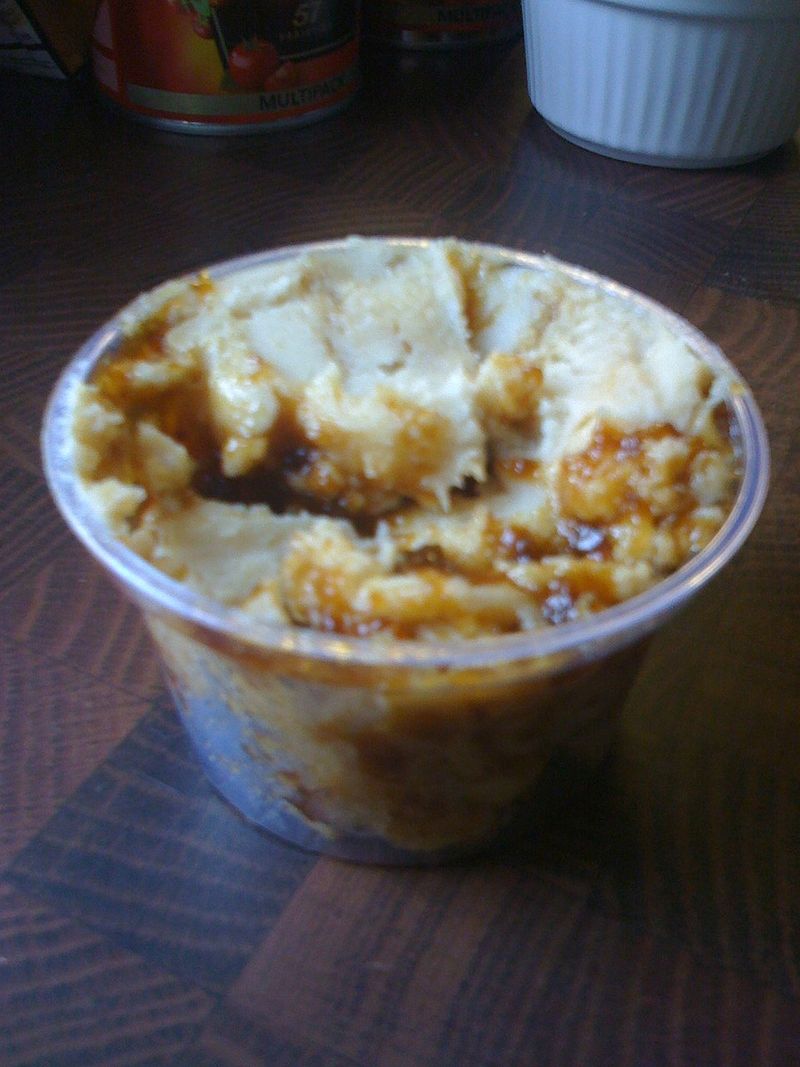
Every drop of fat became liquid gold when butter disappeared from markets. Families carefully saved meat drippings in jars, using this rendered fat for cooking, frying, and even spreading on bread like butter.
Grandmothers taught younger generations to strain and store these precious fats properly to prevent spoilage.
7. Potato Pastry
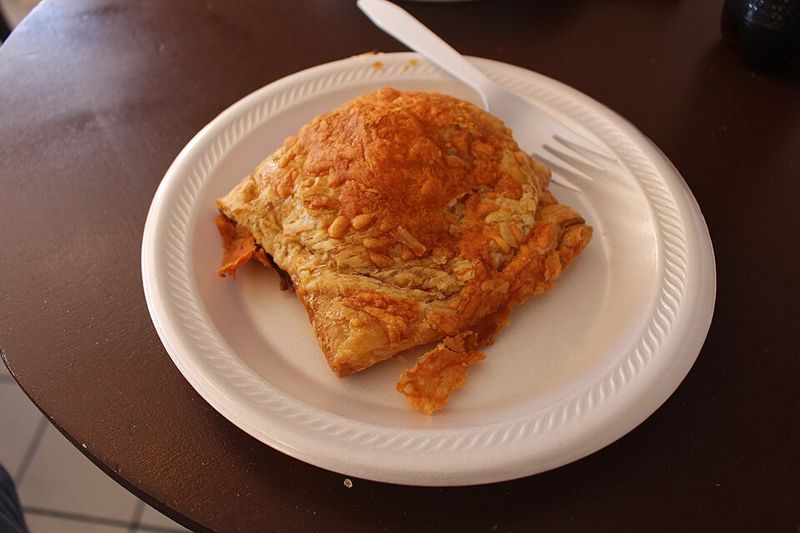
Flour shortages forced bakers to get creative with pie crusts and pastries.
Mashed potatoes mixed with tiny amounts of flour created a workable dough that could be rolled out and baked, though it behaved quite differently from traditional pastry.
The texture was denser and less flaky, but it held fillings reasonably well. Some cooks added a bit of lard or dripping to improve the taste and texture.
8. Beef Tongue
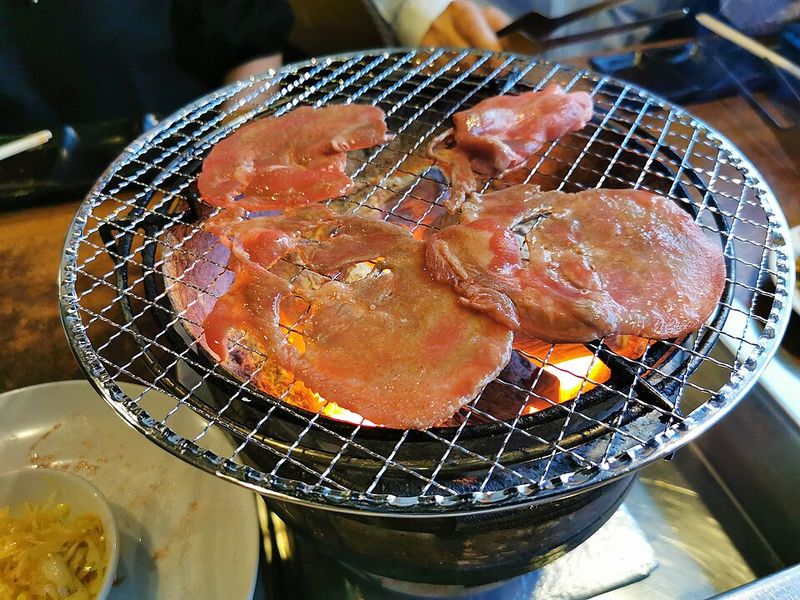
Organ meats that people previously avoided suddenly became dinner staples when prime cuts were rationed or sent to troops.
Tongue, heart, and liver appeared in butcher shops more frequently than steaks or roasts during wartime years.
Cooks learned to prepare tongue by boiling it for hours until tender, then peeling away the tough outer skin. Sliced thin, it made decent sandwiches or dinner entrees.
9. Bean Cake
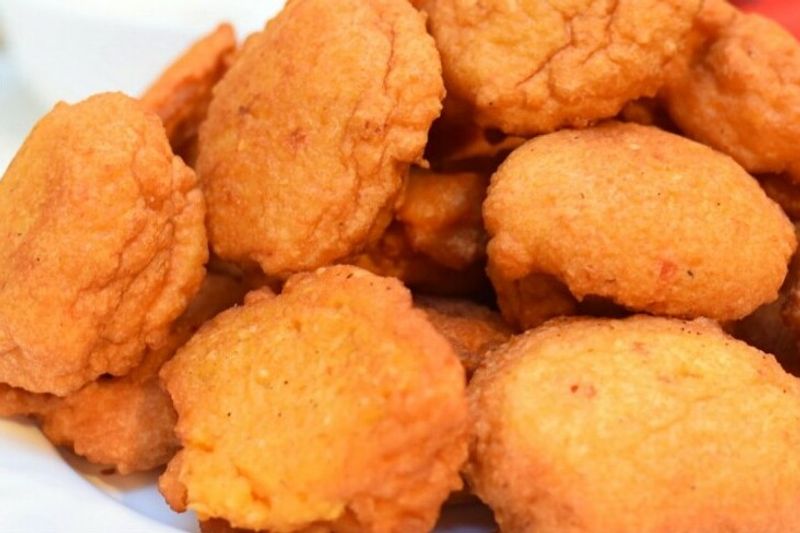
Protein shortages inspired home cooks to transform humble legumes into surprisingly cake-like desserts.
Ground beans mixed with whatever sweetener was available created dense, filling treats that satisfied sweet cravings without using precious eggs or butter.
White beans worked best because they had a milder flavor that could be disguised with spices like cinnamon or vanilla extract. The texture was admittedly unusual – somewhere between fudge and regular cake.
10. Dried Beef and Dehydrated Rations
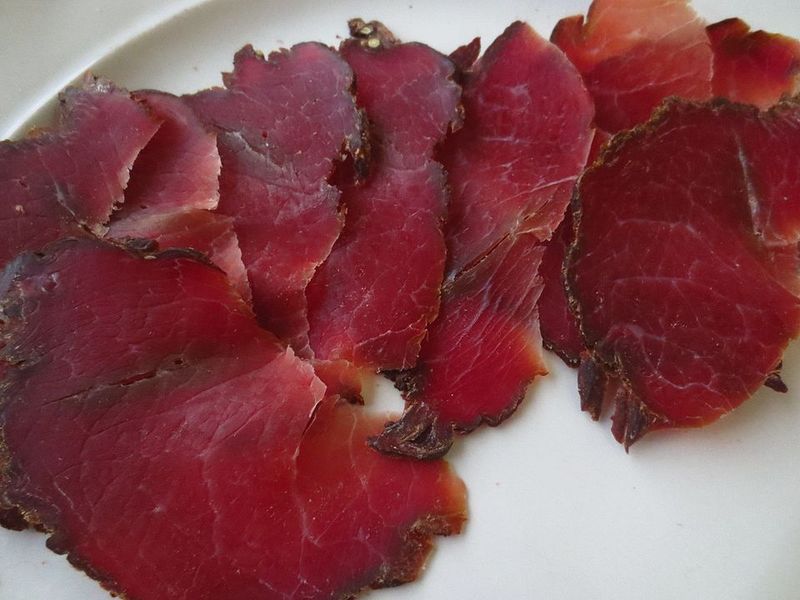
Military technology brought shelf-stable foods into civilian kitchens as families learned to work with dehydrated vegetables and jerky-style meats.
These preserved foods required no refrigeration and could last for months, making them valuable during supply disruptions.
Cooks rehydrated dried carrots, potatoes, and cabbage by soaking them in water before adding to stews. Dried beef got shredded into casseroles or creamed dishes.

